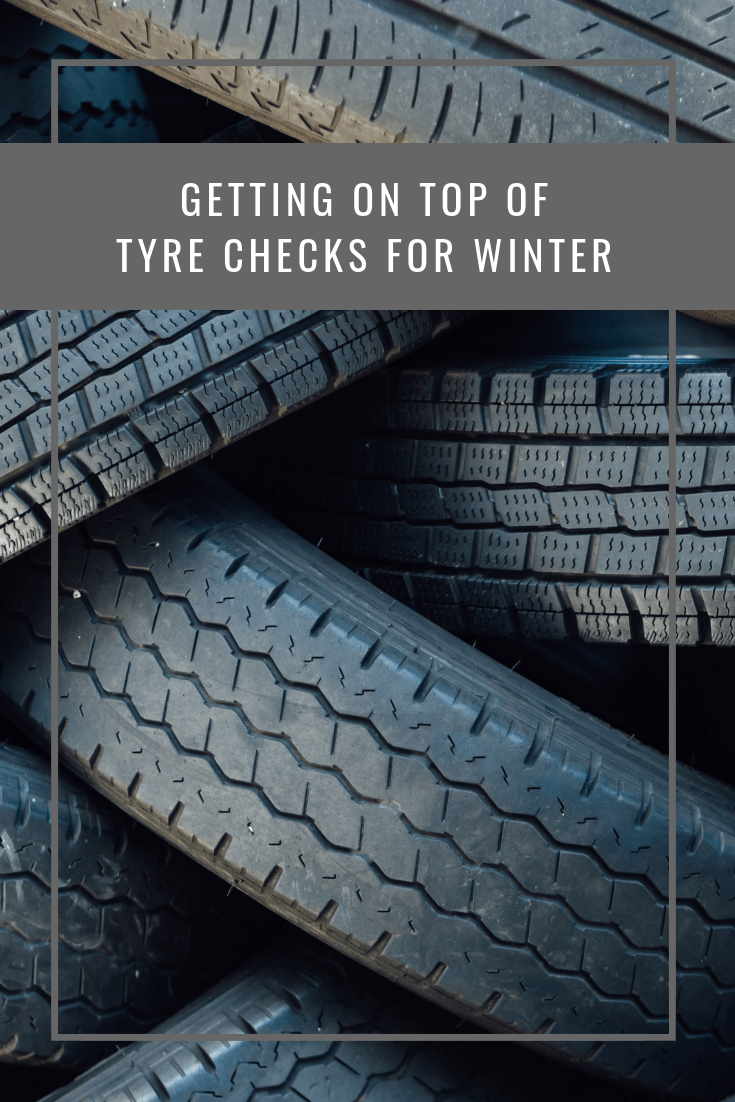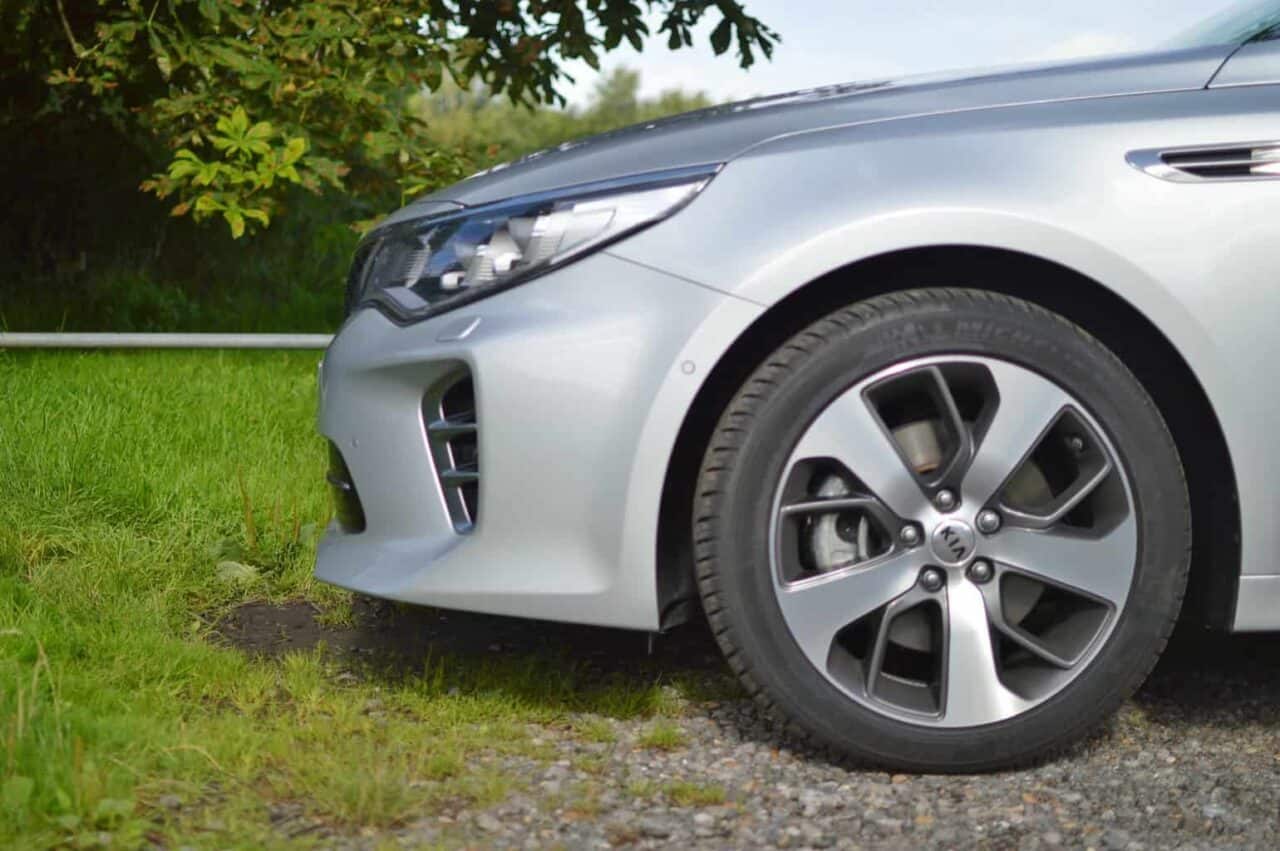I don’t know about you but finding time to keep on top of every little job can be quite a challenge. It perhaps goes without saying that tyre checks are a chore that can quite easily slip the mind, especially throughout the summer months when road conditions don’t really present much of a challenge.
That said, with autumn here and winter just around the corner, it’s something we simply must get on top of. Not only for our safety but for our children, too. As rain pours, snow falls, and sheets of ice set across the tarmac, we need to know that our car tyres are fit for purpose. As they’re about to be put through their paces, now is the time to give everything a thorough check for your own peace of mind when you’re out and about.
Tyre checks for winter

Let’s face it, if they’re not up to scratch, it’s better to fork out a little and get new tyres fitted by cost-efficient companies, such as TyrePlus, than to find yourself in an awkward, dangerous, or even life-threatening situation.
Tyre tread depth is absolutely the number one check you must make right now. In fact, if your tyres don’t meet the UK legal requirement of 1.6mm across the central three-quarters of the tyre, you could face a fine of £2,500 per tyre. If you’ve left things too long, you could be looking at a £10,000 fine and you could lose your license.
These hefty charges are put in place to motivate motor owners to keep up with tyre checks for their own safety. It is especially important during periods of adverse weather conditions as worn tyres just can’t grip as effectively, increase the wet braking distance significantly, and can result in avoidable serious collisions.
How to check your tyres
It’s a simple job to do, taking a matter of minutes. Take a look at this easy-to-follow RAC guidance video:
https://www.youtube.com/watch?v=xkCN7HjP54w
While you’re down there checking your tyres with your stash of arcade 20p’s, don’t forget to inspect the outside of your tyre for any signs of problematic wear and tear. This can include small nicks, cracks, and protrusions. In addition, your tyre pressure should be set in accordance with your vehicle load, which is usually model specific so check your handbook.
When did you last check your tyres?

Collaborative Article































No Comments